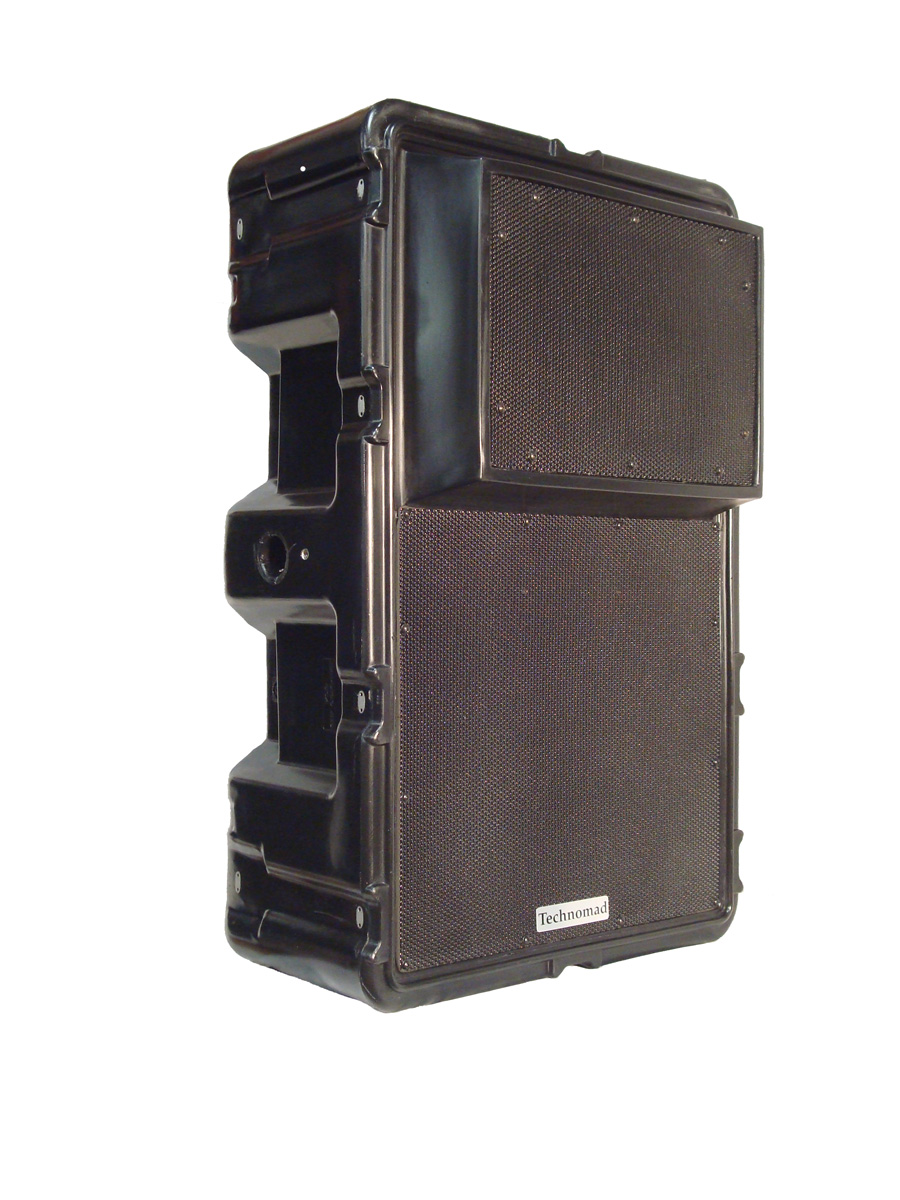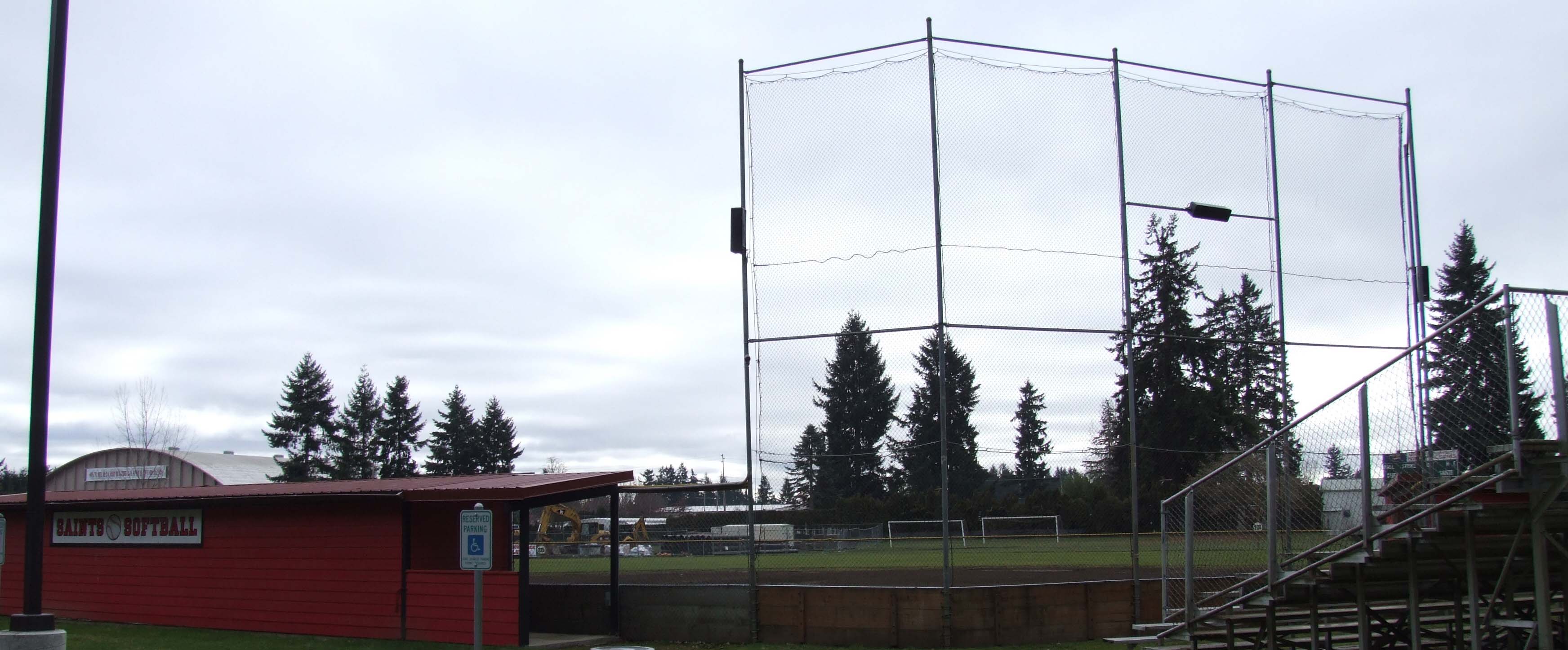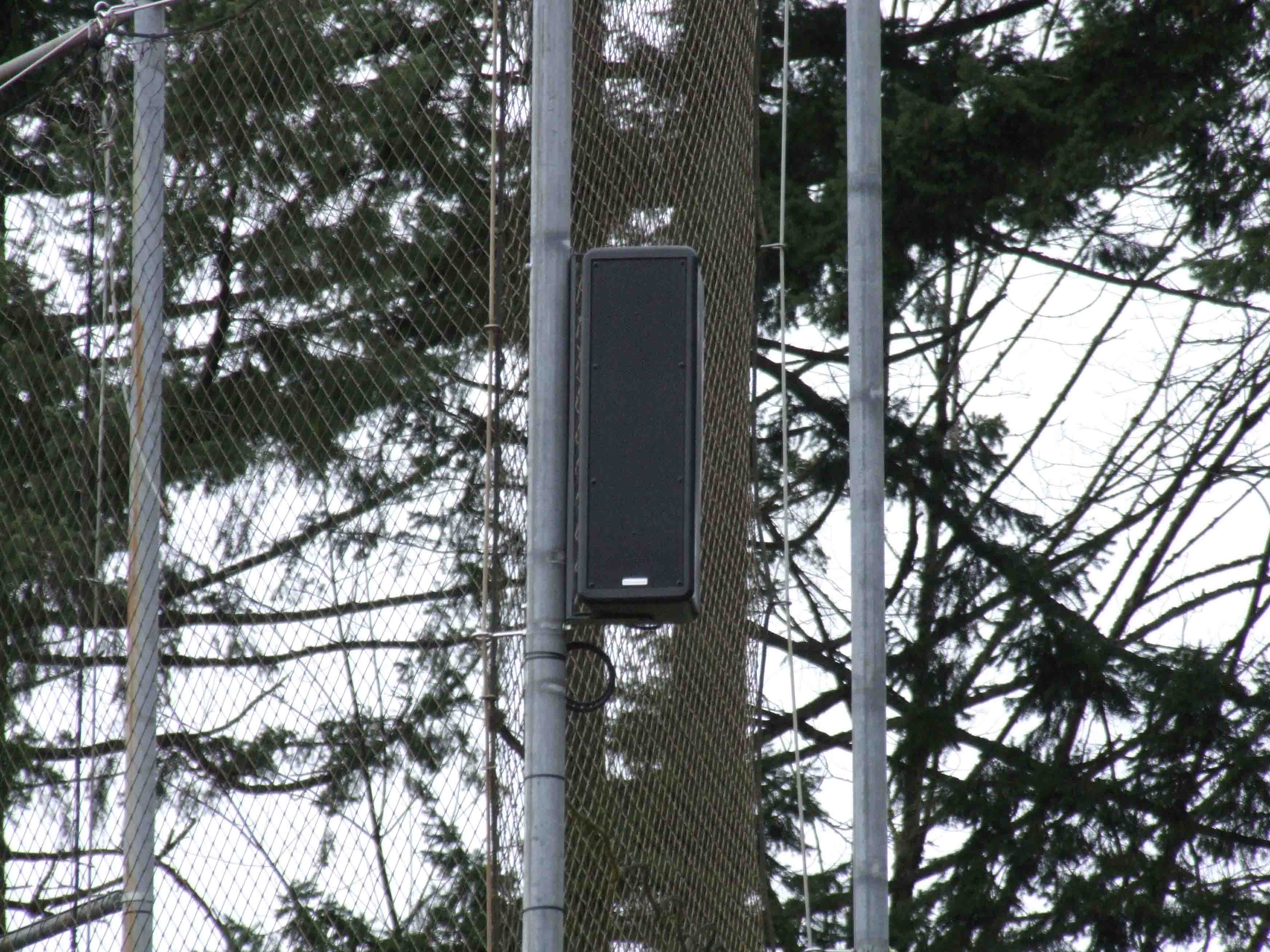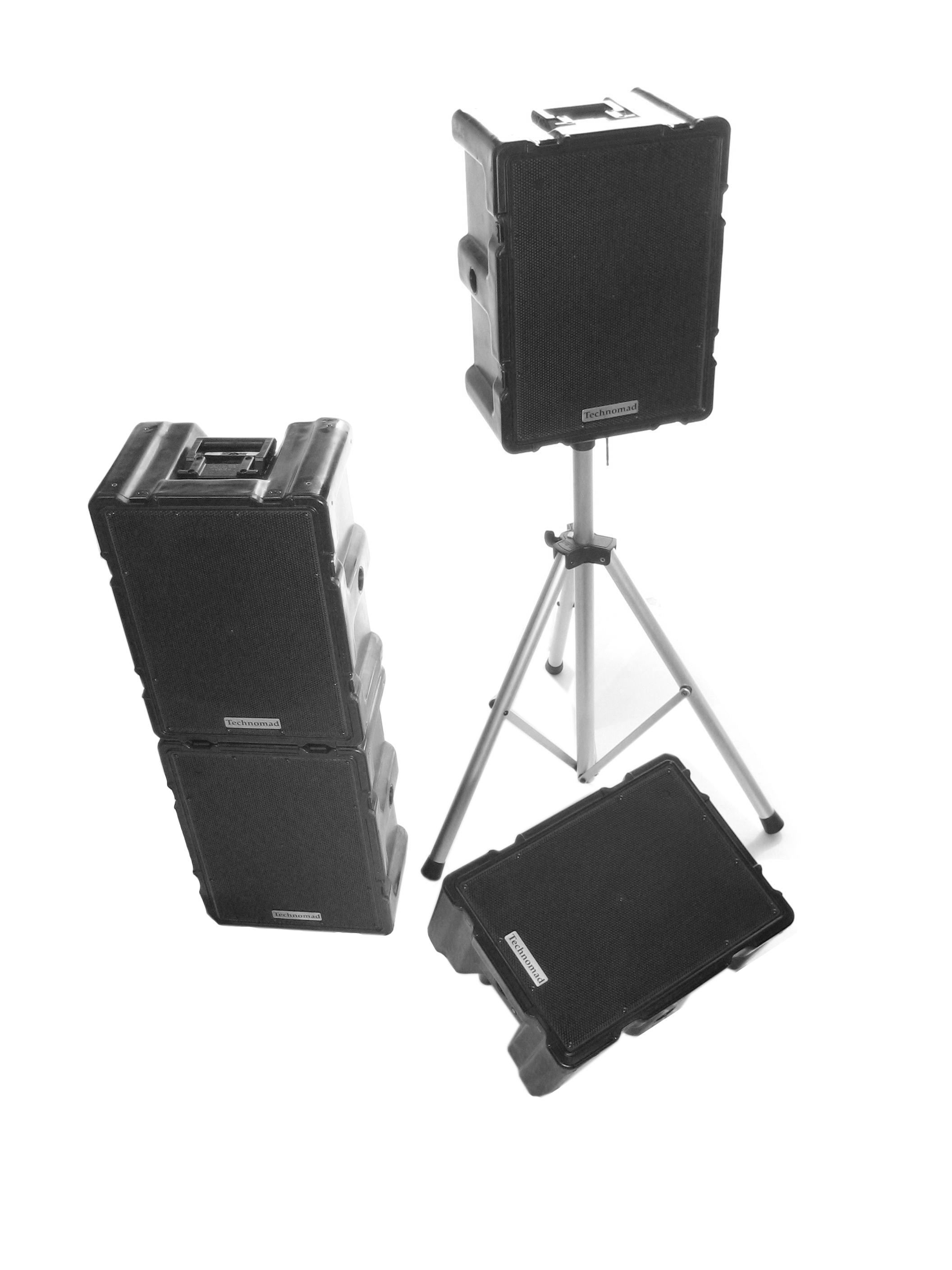Dry Gulch USA in Oklahoma Makes Audio Part of the Visitor Experience
The effective use of outdoor audio can put a stamp on the personality of the venue. A combination of high-quality sound, creative programming, and innovative system design and technology helps to create an atmosphere that will stick with visitors long after they depart.
Dry Gulch USA is one venue that has put a great deal of thought into employing an intelligent audio strategy, helping to create a unique and memorable atmosphere. The year-round non-profit campground and retreat center is located one hour northeast of Tulsa, Oklahoma on the shores of Lake Hudson, and owned by Church on the Move of Tulsa.
Established in 1986 as a Christian summer camp for children, Dry Gulch USA is now a multi-purpose facility also offering corporate and marriage retreats as well as Christmas holiday events. The grounds span several hundred acres and include a lake, a 700-seat performance hall, a mini-amusement park, overnight quarters and a Town Square area that is a replica of an old west town.
Audio is essential to communication and entertainment across the grounds. The facility recently initiated a multi-stage project to overhaul its existing outdoor audio systems, which had fallen into severe disrepair over the years.

“The older audio systems were long neglected and in very poor shape,” said Audio Visual Coordinator Stephen Arruda, who was hired last year to improve AV systems across the board. “The loudspeakers were completely unprotected from the elements. It sounded as if the horns were blown, but instead they were clogged with mud. The magnets were filled with hornet nests and the paper cones were deteriorated. Everything was rendered useless.”
Arruda worked with Ford Audio-Video, a regional design-build contractor, to demonstrate a range of Technomad products to improve the audio presence. The upgrades include a multi-zone networked audio system to deliver voice and music to four distinct areas of the campground, as well as a mix of new loudspeakers from Technomad and JBL that are used both within the multi-zone system and in standalone systems elsewhere on the campground.
“The staff was forced to continually replace drivers and cabinets as the older system gradually deteriorated over the years,” said James Mitchell, Account Manager for Ford Audio-Video. “What they needed was sturdy equipment that could reliably reproduce voice and audio with good quality, yet still handle the volatile Oklahoma weather. The Lake Hudson area weather is especially varied: rain, snow, heat — everything under the sun. The older weather-treated systems failed continually because they couldn’t tolerate the rough weather seasons of northeast Oklahoma.”
“There is a philosophy here to not continue to use equipment if it needs to be constantly repaired,” added Arruda. “We’re spread very thin, and this is a very large campground. A quarter-mile between loudspeaker points is not unusual here, and it’s a waste of time to drive around the grounds constantly repairing equipment. Ford Audio-Video was a big help in demonstrating products that fit within our budget but would produce good audio and be consistently reliable.”
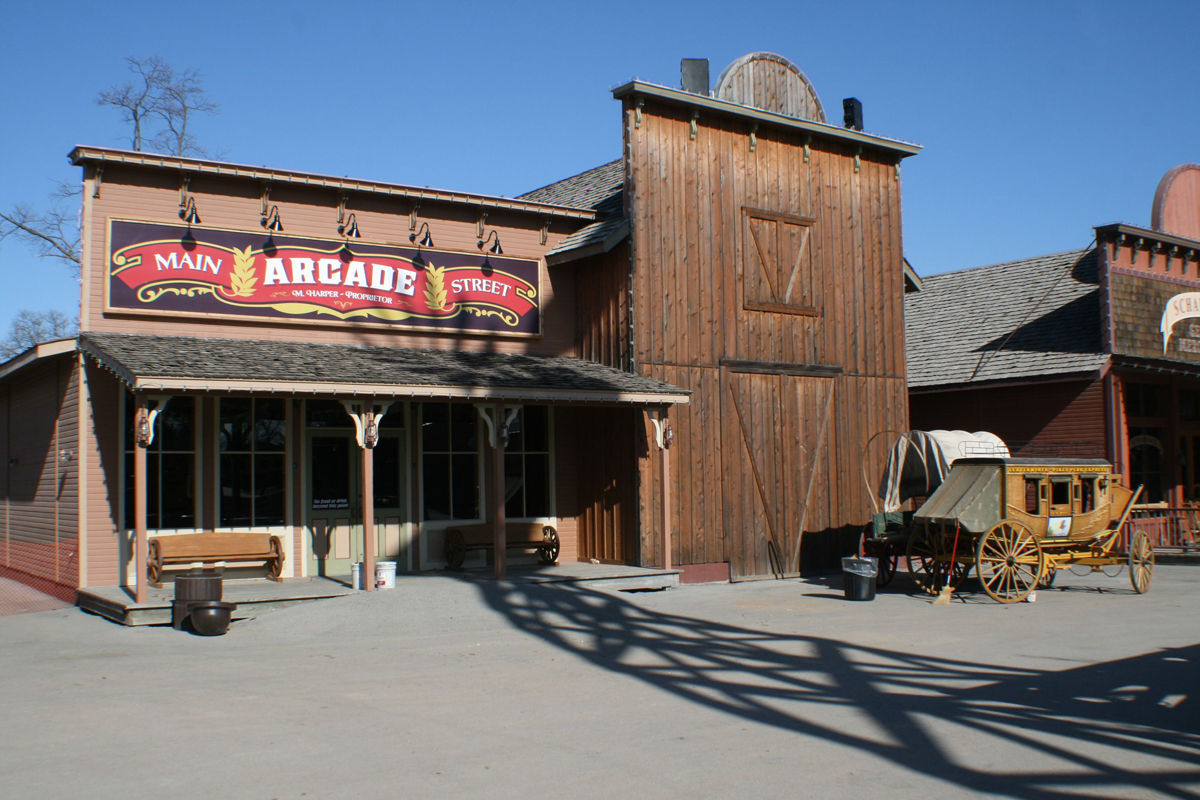
Among Arruda’s chief initiatives was to design a multi-zone system capable of distributing audio over separate channels. The five well-defined zones comprise the “Park System,” and it is intended to produce a unique thematic experience for each zone — noticeable to guests as they move from one zone to the next. The Park System, powered by Furman power conditioning and sequencing products, employs a DBX ZonePro 640 for audio processing and Crown amplifiers to power the audio output.
The DBX ZonePro 640 is fundamental to creating the theme for each zone, entertaining guests with audio customized specifically to match the environment. Arruda assigns CDs, an iPod, and a Sonos wireless music system to deliver music, following a seven-day schedule. The iPod feeds into a Raxxess IRD-1 unit, essentially a docking station that protects the player and interfaces with the ZonePro 640 through a line output.
The Sonos system is more complex, featuring 13 audio players and 10 wireless bridges to extend the reach of the system to certain zones, including the main entrance. The Sonos systems’ Zone Player also provides a single line input to one player, which can be distributed to all locations that contain another Zone Player.
Arruda designed the system so that the ZonePro 640 reduces the main audio when a page or announcement is made over the system. While the audio program is different within each zone, live announcements are distributed to all five zones for the purpose of reaching the majority of visitors and staff.
“There is great significance in being able to communicate important messages to the entire park, whether it’s a simple informative announcement related to a visitor attraction or a true weather-related or other emergency situation,” said Arruda. “The fact that we can do this from a central point and have the messages take priority over the five-channel music output is very valuable. Visitors can hear the important messages across all zones, and then the assigned music for each zone returns immediately following the announcement.”
Several buildings and attractions signify the area around the Park System. This includes The Western Bunkhouse, which serves as the “Main Zone” in the audio distribution system. The “brains” of the Park System is also housed in this zone.
Two Technomad Berlin weatherproof loudspeakers reproduce high-quality audio within the Main Zone. The Berlin model is among the largest and most powerful loudspeakers built by Technomad, and were installed here to cover a very large area both within the park area and its outskirts. Music emanates from the Berlins in between announcements to entertain visitors. The Berlins are installed on the building rooftop for the best possible directivity and projection.
“The Technomad Berlins supply a rich and reliable sound throughout the park area, and are in a perfect location for visitors to hear pages and special announcements,” said Mitchell. “The design was also helpful as it allows for simple rooftop installation without awkward positioning.”
Arruda added that the Technomad design enabled him to mount the loudspeakers in unusual positions without modifications. He installed Berlins on top of two other downtown buildings — Town Hall and the Dining Hall — as standalone systems, using the same unusual mounting techniques.
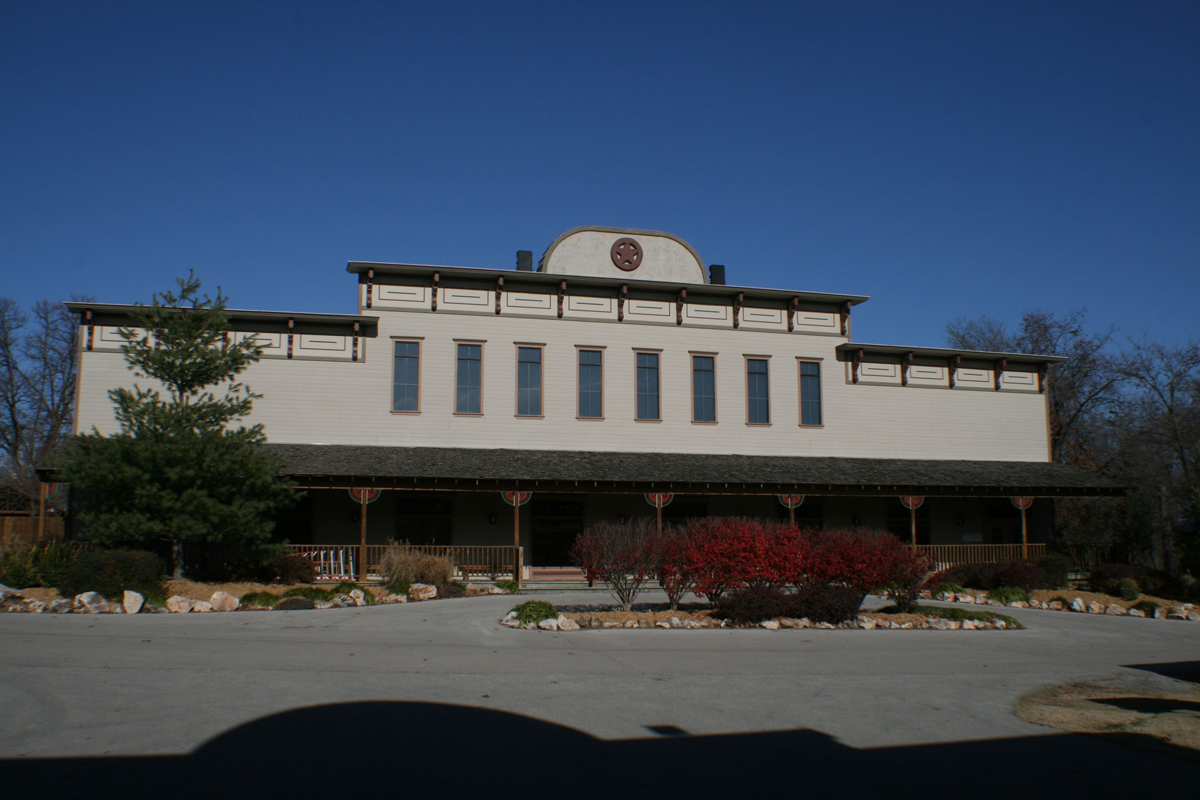
“The Berlins have fly points everywhere, and that really helped in these unique rooftop installations where I had to anchor the loudspeakers from below,” he said. “There is no possible way this could have been done with other loudspeakers without drilling into the cabinet and adversely affecting sound quality.”
The second zone is comprised of multiple Technomad Vernal loudspeakers under several building eves in the park area, including bunkhouses for summer camp and retreat guests. The Vernals are the smallest model in the Technomad fleet, but retain the same traits of the Berlin: high audio quality, broad dispersion, weatherproof design and durable construction.
The music in this zone changes to match specific themes, such as during the Christmas Train event. The Silver Dollar Saloon, located in the Town Square of Dry Gulch USA, hosts a live bluegrass band during these events. The music is extended outdoors to the Vernals so visitors can hear the live performance. The usual soundtrack for the entire campground, distributed through the Sonos system, kicks in again once the performance has ended.
The Vernals also provide background music at a third zone by the main entrance, where visitors hear music as they wait in line and enter the park. During events such as the Christmas Train and the annual 4th of July picnic, patrons will hear music themes from the old west before segueing into seasonal or patriotic music. In this case, an iPod distributes separate content while the Sonos system extends the system’s reach up to 1000 feet, linking the entrance music with the rest of the grounds.
Arruda expects to install as many as 40 Vernals throughout Dry Gulch once completed, citing the broad audio coverage as essential to reaching visitors throughout the area. He deployed the Vernals in a 70-volt configuration to effectively reproduce audio across the entire zone, instead of the traditional 8-Ohm configuration. The 70-volt configuration daisy-chains multiple loudspeakers over longer distances than what is possible within 8-Ohm configurations. This will allow Arruda to more easily expand his distributed audio network over time.

“I learned about the benefits of the 70-volt configuration through Andrew Stone, the front of house engineer at Church on The Move,” said Arruda. “The Vernals include multi-tap connections to chain loudspeakers together, enabling distributed audio over longer distances. We can also set different wattages for better audio control in different areas. It’s a lot easier to modify 70-volt systems and manipulate the sound in different areas, even if the loudspeakers are on the same line. It’s also less labor intensive. You don’t need to provide a home run from every single loudspeaker or pair of loudspeakers back to the signal processing rack.”
The two final zones in the Park System are targeted for completion by the spring of 2009. The fourth zone will feature nine landscaped loudspeakers from Outdoor Speaker Depot in a series of planters outside of Town Square. Each planter includes three OS650 HD True Omni Ground loudspeakers installed in 70-volt configurations. The fifth zone will distribute theme park-style music to up to 12 JBL Control 25T loudspeakers. Many of the loudspeakers are being installed under the bumper car pavilion, and others will be hung near inflatable games and other theme park-style attractions.
“The whole idea of this multi-zone system is to distribute separate styles of music to create a different atmosphere in each zone,” said Arruda. “We didn’t want music floating through the air from a single location. The point is to create an environment that stays with you the entire visit but changes as you enter a different section of Dry Gulch.”
Several standalone audio systems complete the campground-wide audio presence. The Town Hall is a 700-person capacity auditorium with two Berlin outdoor loudspeakers tied to the indoor PA system. The music inside is synchronized to the Berlins to signal the beginning of daily chapel services or other gatherings and events. The signal is produced using a 32-Channel Midas Venice console, processed through a DBX DriveRack 260 and driven by a Crown Com Tech 800 to the two Berlins.
“These Berlins are used solely for the purpose of our Summer Camp sessions,” said Arruda. “The music notifies campers and their counselors when morning or evening chapel services are beginning. The loudspeakers are then muted once everyone is inside the building so other visitors and personnel are not disturbed.”
Two Berlin loudspeakers are also installed on the roof of the Dining Hall. The long-distance audio projection allows staff to project audio down the Main Street area.
“The Dining Hall loudspeakers set the atmosphere for the entire downtown area, which includes Main Street and the Town Square,” said Arruda. “We play old western music throughout the day, like the theme from Silverado. We expect to add Vernals to this building’s lakeside outdoor eating area down the road.”
Dry Gulch USA also just completed construction of the Palace Hotel in Town Square. The hotel is an ideal companion for the Christmas Train event; children have their pictures taken with Santa Claus on the main floor, and the hotel offers rooms for overnight guests. Arruda and his team from Church on the Move installed four Vernal loudspeakers at the Palace Hotel for audio entertainment and announcements.
Although the Dining Hall and the Palace Hotel systems remain standalone for the time being, Arruda envisions eventually tying both sites into the multi-zone system. He has already tied the Sonos equipment to the Palace Hotel system, although the system is processed by a dedicated Zone Pro 640 and driven by a Crown CT 1200 amplifier. Considerations for tying in the Dining Hall system will be made once Vernals are added to the building.
“Before we established the multi-zone audio system, the Dining Hall was the only building where it was possible to hear music from a distance,” he said. “Our strategy is changing now that we have established multiple loudspeaker points with better audio in various areas. We are gradually moving away from standalone systems and toward distributed audio everywhere.”
A similar version of this story appeared in the January 2009 issue of Technologies for Worship.


